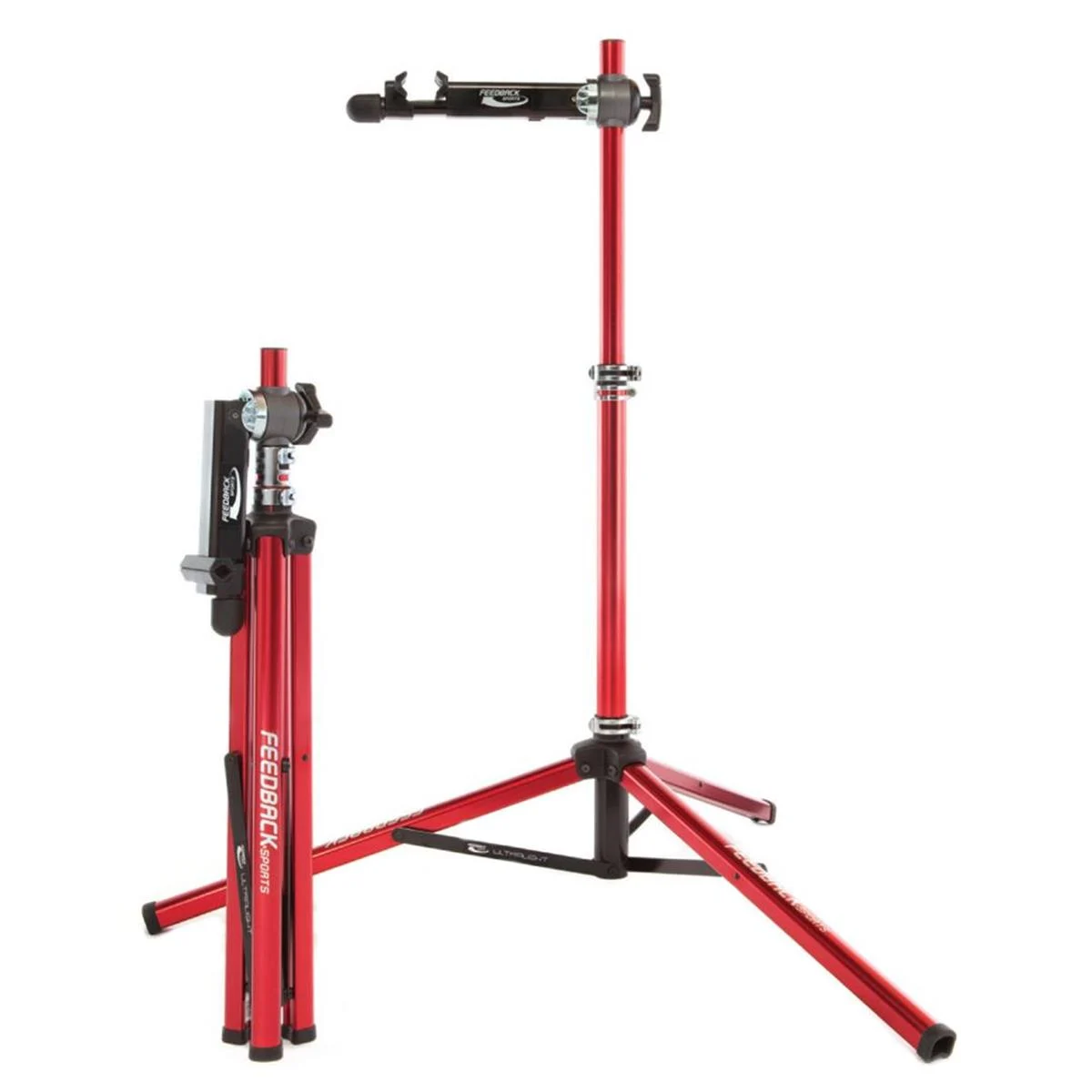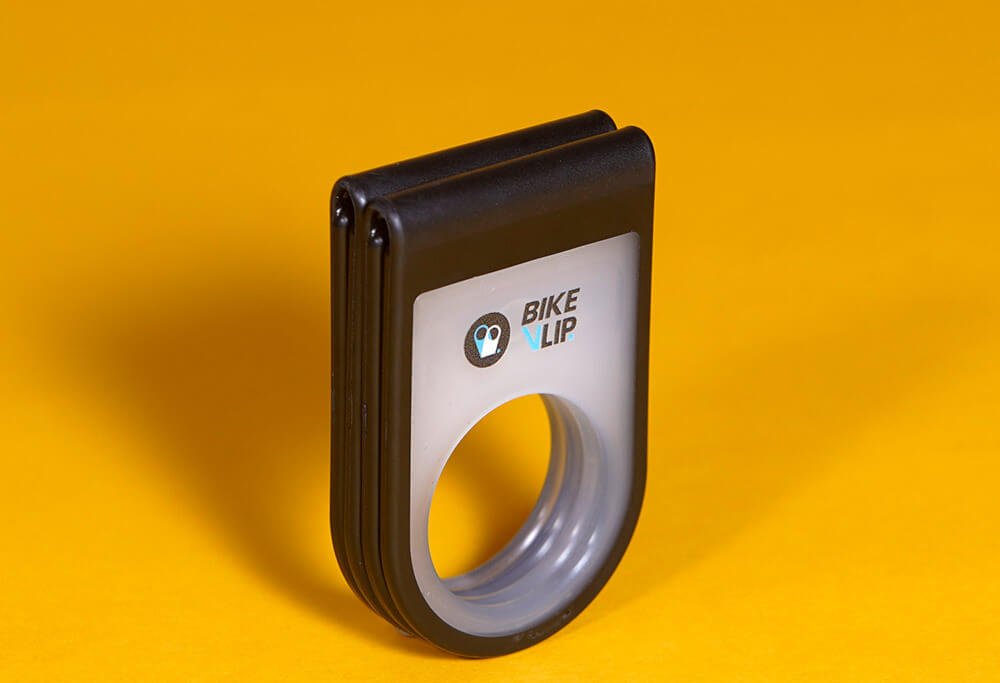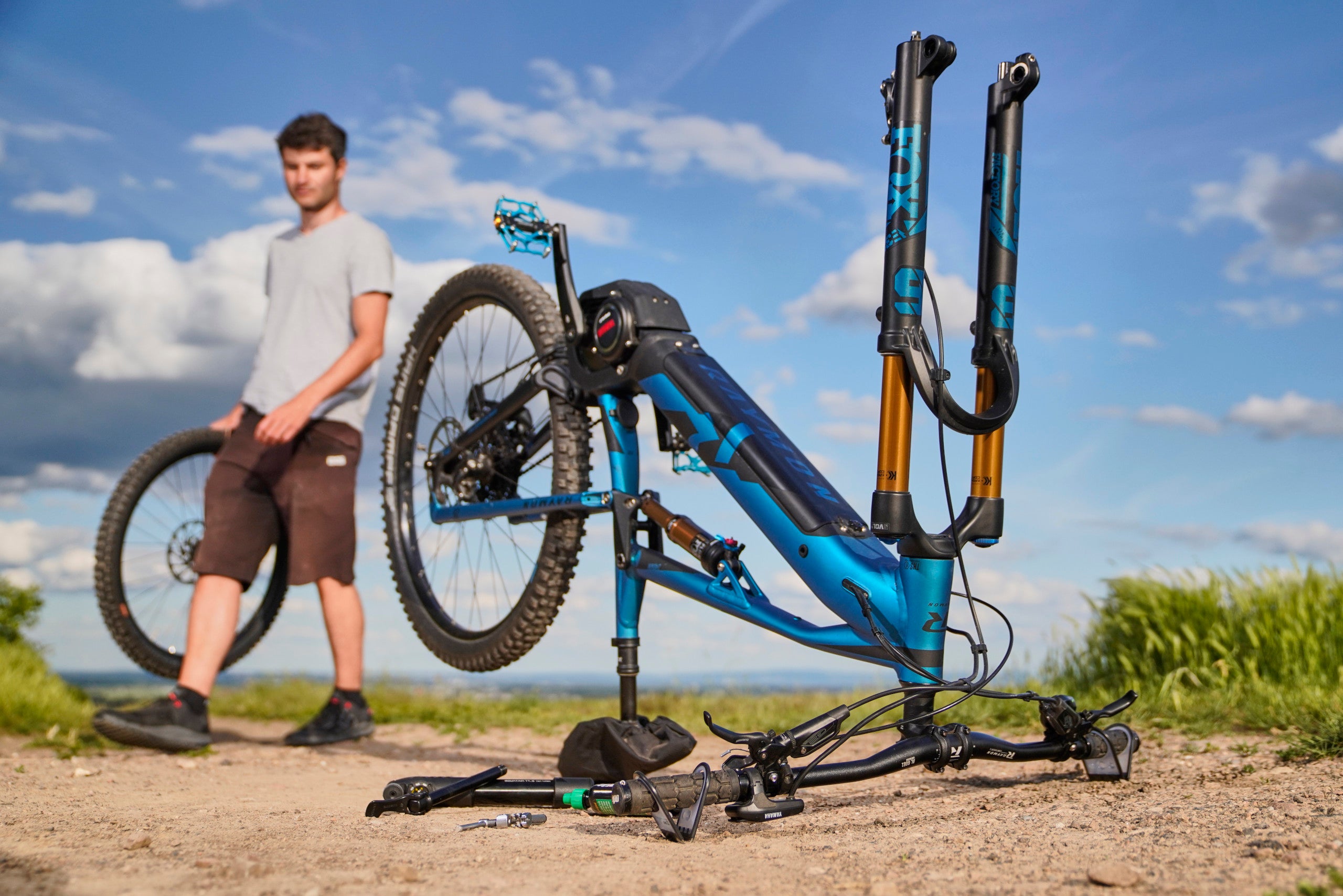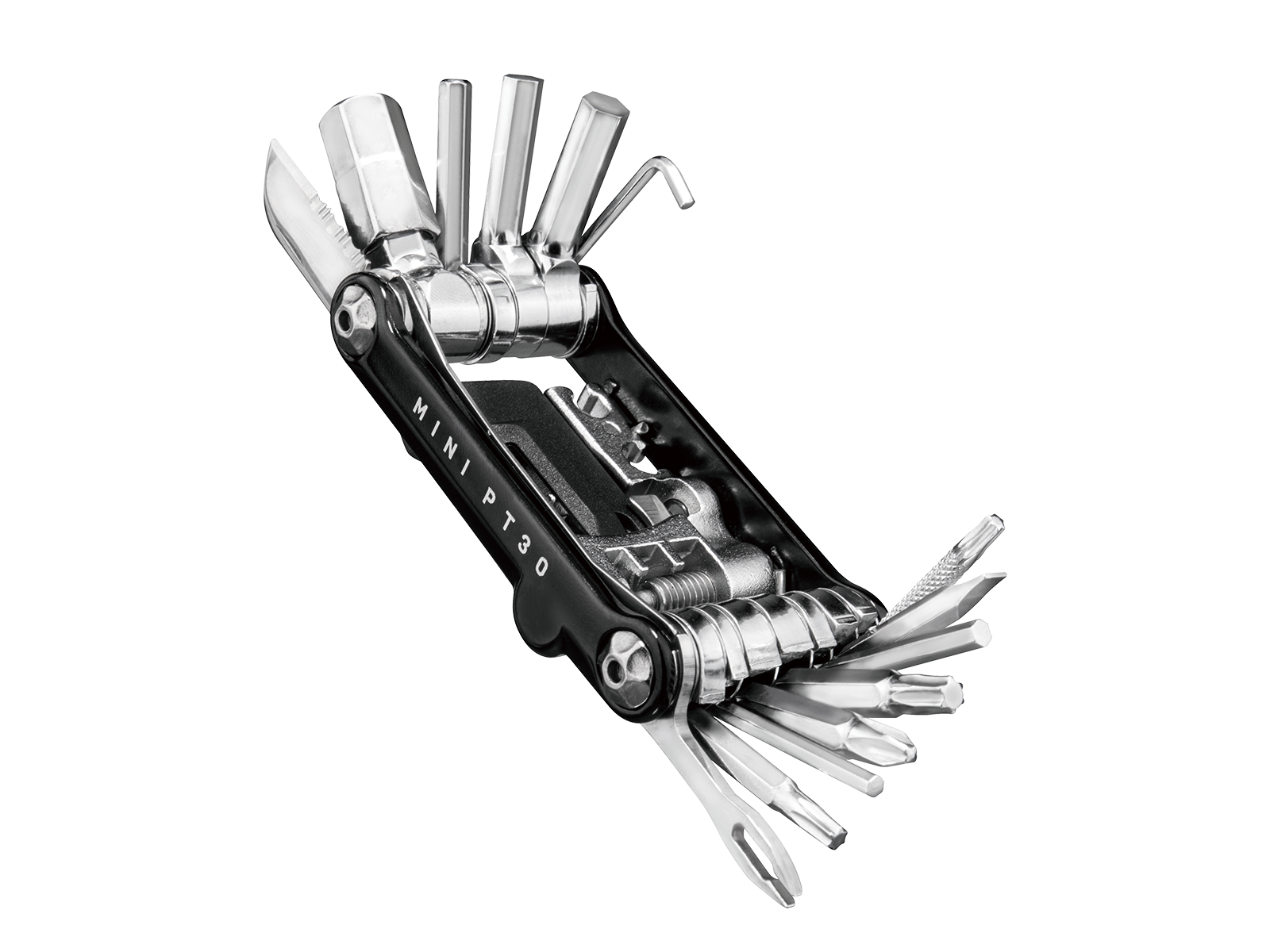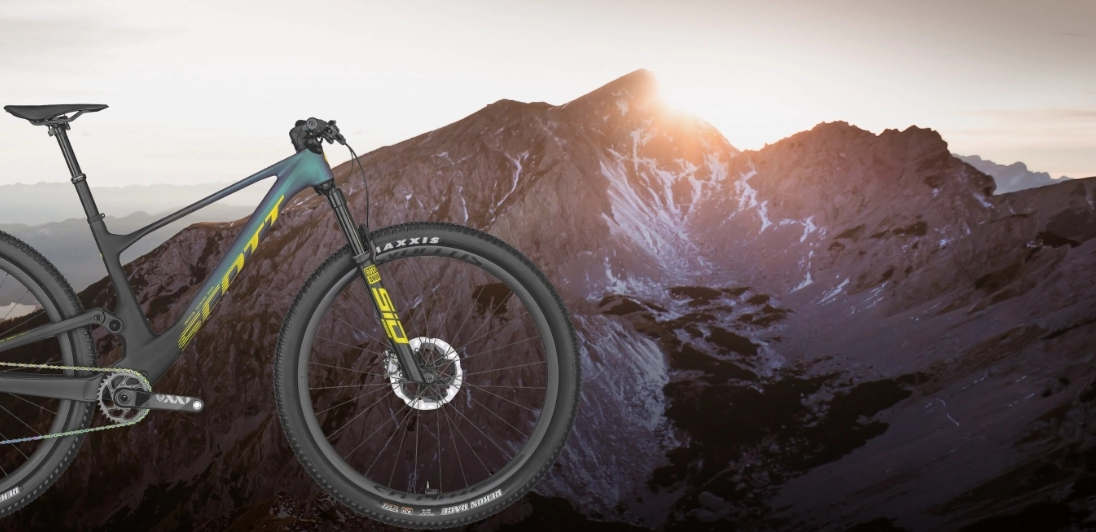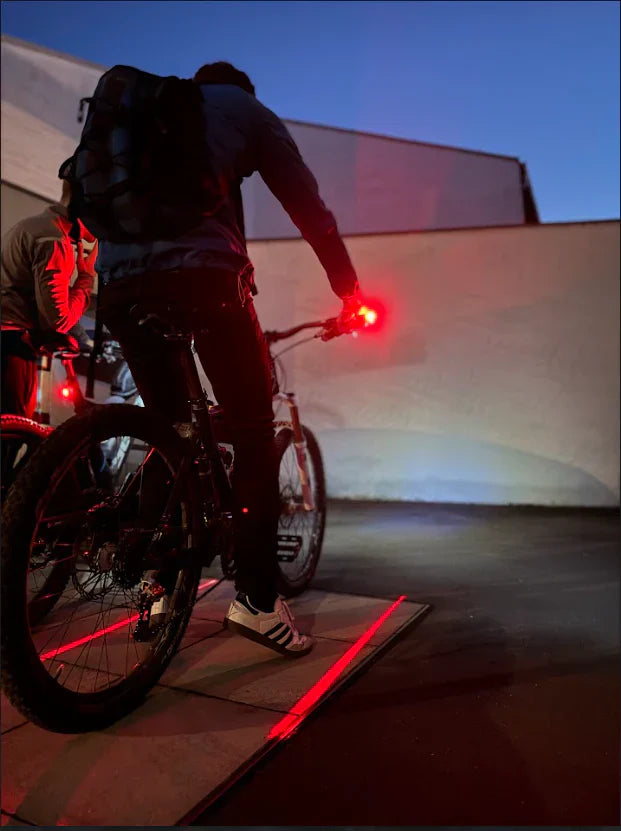Newest Guide on How to Choose Mountain Bike Frame Size Table
Photo by Jenda Kubeš from Pexels: https://www.pexels.com/photo/mountain-bike-in-autumn-forest-5930767/
When it comes to choosing the perfect mountain bike, many riders instinctively turn to frame size table charts as their guiding star. Traditionally, these charts, often based on inseam measurements, have been the go-to resource for finding a bike that fits. However, this conventional approach may no longer be the best route for cyclists in pursuit of their ideal ride. The evolution in mountain bike design over recent years has fundamentally altered how we should approach the task of selecting the right frame size.
Today, we'll discuss the key elements of modern mountain bike design that have rendered the traditional sizing approach less relevant. By understanding these changes, you'll be better equipped to find a mountain bike that not only fits you but also complements your riding style, enhances your performance, and elevates your overall biking experience.
Why Is The Right Frame Size Important
Selecting an appropriate mountain bike frame size is crucial for more than just comfort. It significantly affects your riding ability, control, and enjoyment on the trails. A right-sized frame promotes an ergonomic riding position, aligning your arms, legs, and torso naturally. A too-large frame can cause overreach and strain, while a too-small one can lead to cramped limbs.
Proper frame sizing is also essential for lower back health. It allows you to maintain a healthier posture while riding, reducing the risk of lower back pain, a common issue among cyclists with ill-fitting bikes.
Furthermore, an apt frame size ensures balanced weight distribution across the bike, crucial for a proper riding posture. Incorrect sizes can shift your weight excessively, affecting your comfort and control.
Lastly, a correctly sized frame minimizes strain on your joints and muscles. It enables efficient pedaling and steering, reducing stress on your knees, hips, elbows, and shoulders, and enhancing your overall riding experience.
Why The Mountain Bike Frame Size Table is Outdated
In the past few years, there have been changes in how mountain bikes are designed. This has made the old way of choosing a bike - just using your leg length and a standard mountain bike frame size table - not as good as it used to be.
Why? Because now, mountain bikes are made to fit many different ways of riding and kinds of paths, leading to new features like the vario seatpost. These kinds of changes have really shifted how we think about what bike size is right for a rider's body.
Now, picking the best mountain bike for you means understanding more about the bike's design. You need to look at things like the length of the top tube, the reach, and the stack. These are important because they affect how the bike feels to ride and how it handles. The way bikes are designed now, there's no longer a one-size-fits-all solution that you can find on a standard mountain bike frame size table.
How to Determine The Best Frame The New Way
When determining the best mountain bike frame size, there are several key geometric measurements to consider. Understanding these measurements and how they relate to your body and riding style is crucial in selecting the right bike.
Seat Tube Length
This measurement is taken from the center of the bottom bracket to the top of the seat tube. While less critical in mountain bikes due to variable seat posts, it's still important for determining the length of the seat post you'll need. To calculate your ideal seat height, multiply your inseam length by 0.885. This figure helps you to understand how high your seat should be for optimal comfort and efficiency.
Horizontal Top Tube Length
This measurement affects whether you sit stretched out or compact on the bike, influencing your comfort and riding posture. It's the horizontal distance from the center of the head tube to the center of the seat tube. A longer top tube will have you more stretched out, which might be suitable for taller riders or those preferring a more aerodynamic position, while a shorter top tube results in a more upright and compact position.
Head Angle
This is the angle of the fork relative to the ground and is a critical factor in determining the bike's agility and stability. A flatter angle offers more stability, making it suitable for rough terrains, while a steeper angle provides quicker steering, making it ideal for maneuverability and technical trails.
Seat Angle
This angle affects your uphill riding efficiency. A steeper seat angle helps in climbing by shifting your weight forward and improving your position for power transfer. On the other hand, a flatter seat angle puts more weight on the rear wheel, which can be beneficial for certain riding styles and terrains.
Head Tube Length
This measurement determines the bike's front height, also known as the stack. A longer head tube results in a more upright riding position, which can be more comfortable for long rides or certain riding styles, whereas a shorter head tube leads to a more aerodynamic, aggressive position.
Chainstay Length
This is the distance from the center of the bottom bracket to the center of the rear axle. It balances the bike's stability and agility. Longer chainstays are better for climbing and stability, making them ideal for endurance riders, while shorter chainstays offer more playfulness and are suited for riders who enjoy tricks and navigating tight trails.
Wheelbase
The distance between the front and rear wheel axles impacts the bike's overall handling. A shorter wheelbase results in a more agile bike, which is excellent for tight and twisty trails. In contrast, a longer wheelbase provides more stability, which is desirable when riding at high speeds or on rough terrains.
Reach and Stack
These measurements are vital for determining the right fit and a comfortable riding posture. Reach is the horizontal distance from the bottom bracket to the top end of the head tube, and stack is the vertical distance. They should be considered together to find a frame that suits your body dimensions.
Tips to Find Your Best Mountain Bike Frame Size
Other than the Mountain Bike Frame Size Table, you can also follow these possible tips and tricks to find the perfect frame size for you:
- Consider Your Riding Style and Terrain: Different mountain bike designs cater to different riding styles and terrains. For instance, if you're into aggressive downhill riding, you might prefer a bike with a longer wheelbase for stability at high speeds and a slacker head angle for better control on steep descents. But, if you enjoy cross-country riding, you might opt for a bike with a shorter wheelbase for agility and a steeper head angle for responsive steering.
- Test Ride Different Sizes: Nothing beats the experience of actually riding a bike to see how it feels. If possible, test ride bikes in different sizes to understand how each size affects your comfort and handling. Pay attention to how easy it is to reach the handlebars, pedal without overstressing your knees, and maintain an upright posture without straining your back.
Conclusion
Selecting the right mountain bike frame size is a key step in ensuring a comfortable, safe, and enjoyable biking experience. It's not just about comfort; it's about performance, control, and overall health. By understanding the importance of ergonomic riding positions, balanced weight distribution, and reduced strain on joints, riders can make more informed decisions.
Word Count: 1436
Source:
https://www.bike-magazin.de/fahrraeder/kaufberatung/bike-wissen-die-geometrie/
https://www.simplon.com/de/Explore/Magazin/Bike-Geometrien-einfach-erklaert_bba_213328
https://www.canyon.com/de-de/blog-content/mtb-news/mountainbike-geometrie/b11012023.html
https://www.quora.com/Does-a-road-bikes-frame-size-matter-If-so-how





